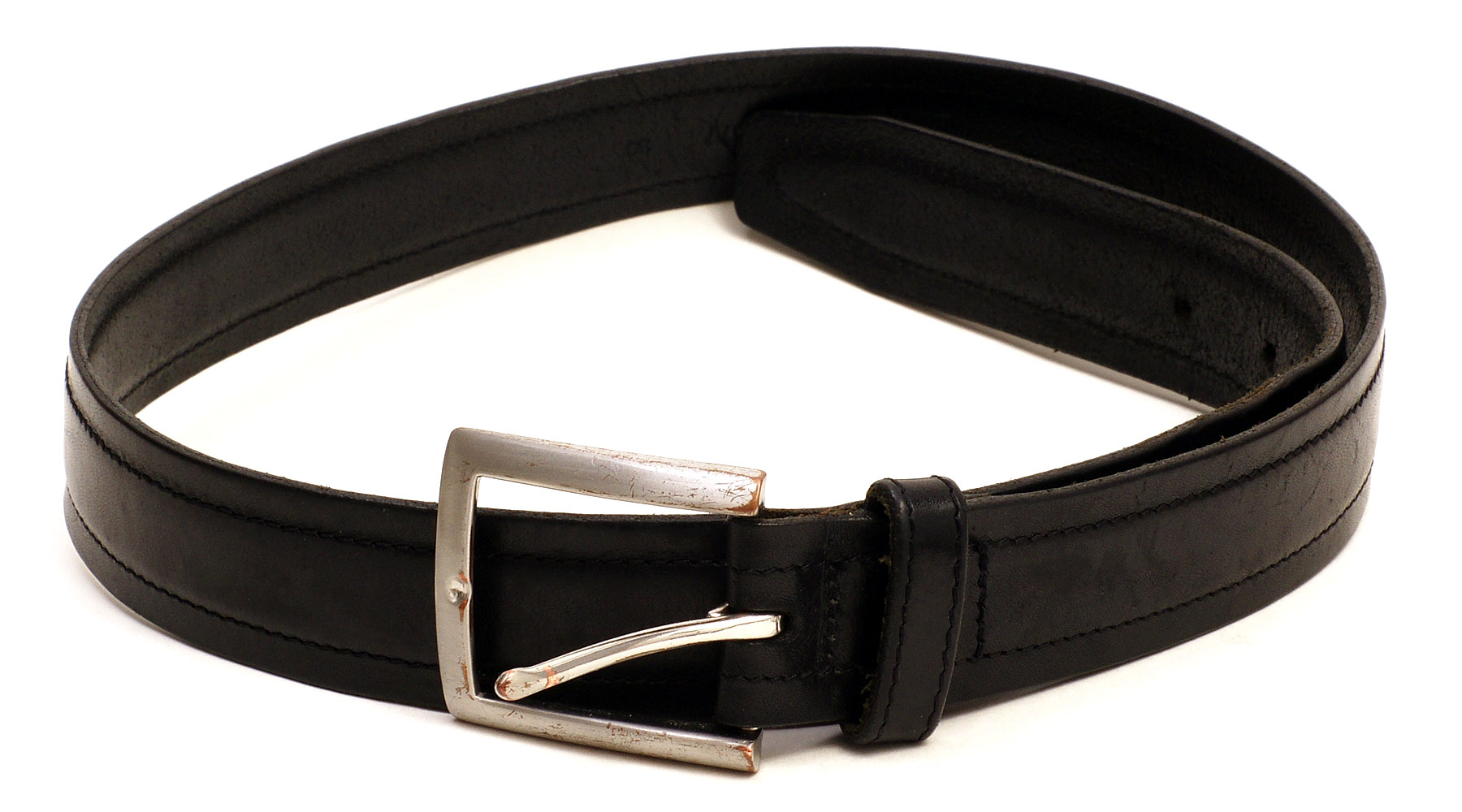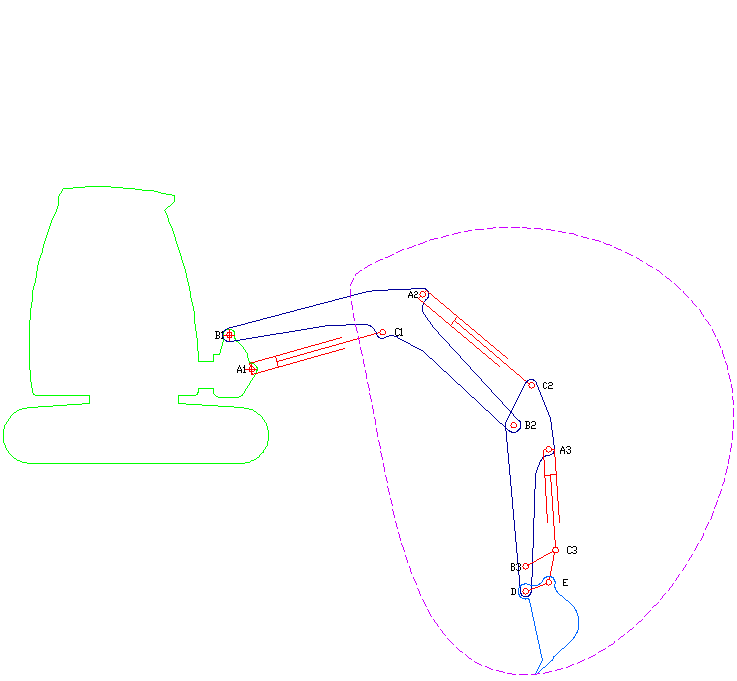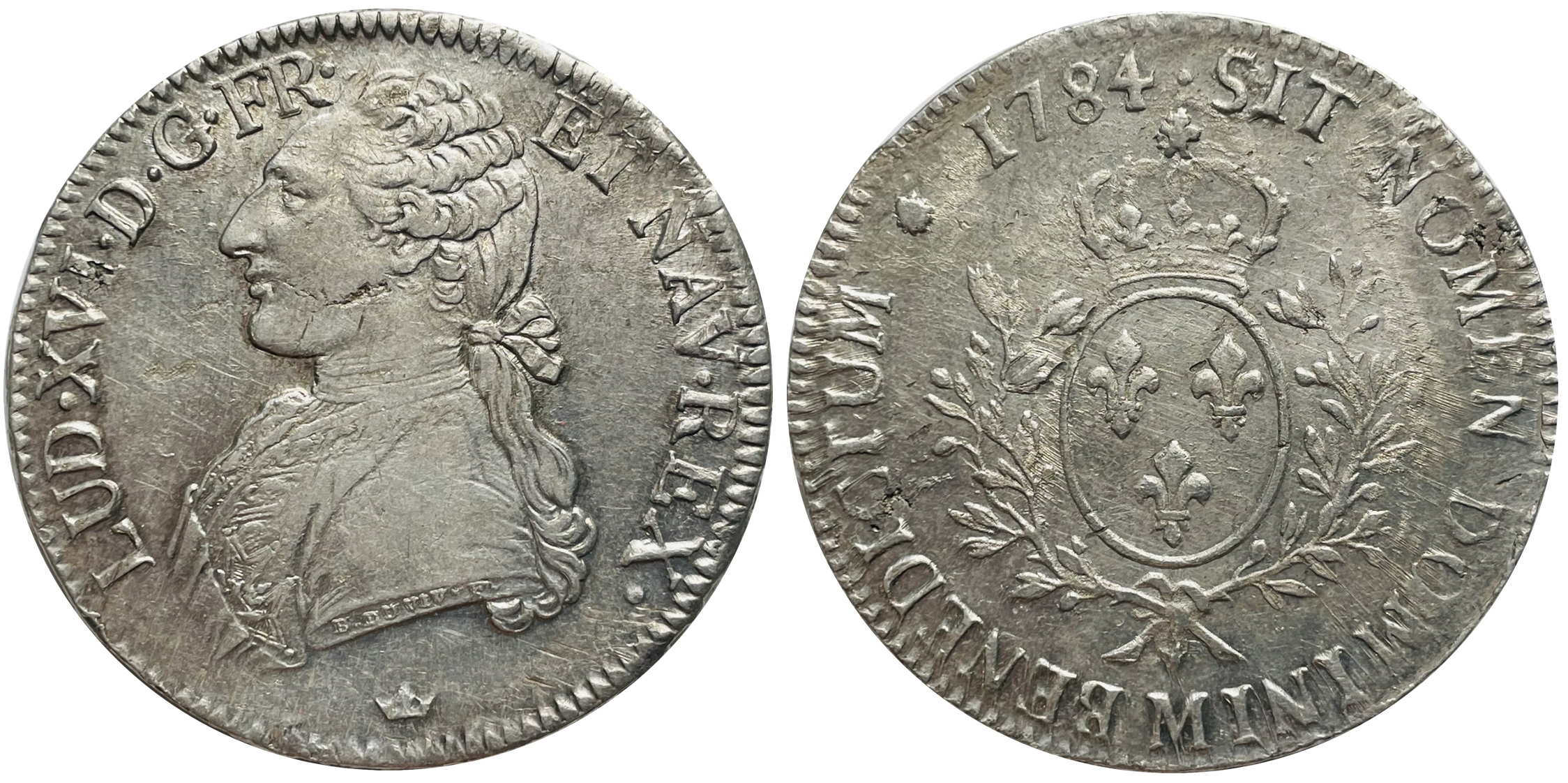|
Pogunon Community Museum
Pogunon Community Museum () is a museum located at Pogunon Village in Penampang District of Sabah, Malaysia. History During the construction of a village kindergarten building in Pogunon in 2000, several ancient artefacts comprising three whole jars, pieces of four jars of blue and white plates including bowls were accidentally unearthed. Inside the three jars were human remains with ceramics found in the site were originated from China and made between the 16th to 19th centuries. A further thirteen ancient burial jars were also unearthed from an old graveyard in front of a St Joseph Chapel in the same village. One of the broken jars consisted of human bones and various artefacts such as coins dating back to 1885, a bangle and belt made from ancient silver coins were also found in the jar which however was broken by an excavator during the discovery. The area with stone markers (megaliths) is located in the front site of the recent museum which established in 2004. Feature ... [...More Info...] [...Related Items...] OR: [Wikipedia] [Google] [Baidu] |
Penampang District
The Penampang District ( ms, Daerah Penampang) is an administrative district in the Malaysian state of Sabah, part of the West Coast Division which includes the districts of Kota Belud, Kota Kinabalu, Papar, Penampang, Putatan, Ranau and Tuaran. The capital of the district is in Penampang Town. History Prior to the formation of Penampang District Council (PDC) in 1978, it was formerly known as Jesselton Rural District Council (JRDC). This auxiliary administrative body covered the whole of Penampang sub-district (including Putatan and Lok Kawi), Telipok town including areas up to Kampung Likas, Taman Foh Sang and Taman Stephen. The first head of JRDC was the District Officer of Jesselton, Mr. Blow D.S.O while the Chief Executive was the Assistant District Officer. The councillors comprising the district Chiefs namely: OKK Laiman Diki bin Siram, Majimbun Majangkim, Tan Pin Hing, Ewan Empok and Ahsai Ghani; Chinese Kapitan: Foo Ah Kau (Penampang), Wong Nam Fatt (Telipok), Chi ... [...More Info...] [...Related Items...] OR: [Wikipedia] [Google] [Baidu] |
Belt (clothing)
A belt is a flexible band or strap, typically made of leather, plastic, or heavy cloth, worn around the natural waist or near it (as far down as the hips). The ends of a belt are free; and a buckle forms the belt into a loop by securing one end to another part of the belt, at or near the other end. Often, the resulting loop is smaller than the hips. Belts come in many lengths because of the variety in waist sizes, and most belts can be adjusted at the buckle to suit the wearer's waist. Description Belts are used variously to secure or hold up clothing, such as trousers, shorts, and skirts; to carry objects, such as tools and weapons; and to define or accentuate the waist. Some garments have a series of belt loops at the waist, through which a belt can be threaded. Additionally, many belts have a "keeper loop" affixed to one end, near the buckle. The keeper loop stops the free end of the belt from flapping around once the belt is buckled. Some belts also have an end tip (ma ... [...More Info...] [...Related Items...] OR: [Wikipedia] [Google] [Baidu] |
Museums Established In 2004
A museum ( ; plural museums or, rarely, musea) is a building or institution that cares for and displays a collection of artifacts and other objects of artistic, cultural, historical, or scientific importance. Many public museums make these items available for public viewing through exhibits that may be permanent or temporary. The largest museums are located in major cities throughout the world, while thousands of local museums exist in smaller cities, towns, and rural areas. Museums have varying aims, ranging from the conservation and documentation of their collection, serving researchers and specialists, to catering to the general public. The goal of serving researchers is not only scientific, but intended to serve the general public. There are many types of museums, including art museums, natural history museums, science museums, war museums, and children's museums. According to the International Council of Museums (ICOM), there are more than 55,000 museums in 202 countries ... [...More Info...] [...Related Items...] OR: [Wikipedia] [Google] [Baidu] |
List Of Museums In Malaysia
This is a list of museums in Malaysia. Johor * Bugis Museum * Figure Museum * Johor Bahru Chinese Heritage Museum * Kite Museum * Kota Johor Lama Museum * Kota Tinggi Museum * Pineapple Museum * Tanjung Balau Fishermen Museum Kedah * Paddy Museum Kelantan * Istana Batu Royal Museum * Museum of Royal Traditions and Customs * Kelantan Islamic Museum * Kelantan Museum Kuala Lumpur * Islamic Arts Museum Malaysia * Maybank Numismatic Museum * National History Museum * National Museum * National Textile Museum * Petrosains * Royal Malaysian Police Museum * Royal Museum * Petronas Gallery Labuan * Chimney Museum * Labuan Maritime Museum * Labuan Museum Malacca * Malacca Museum Corporation ( ms, Perbadanan Muzium Melaka, PERZIM) ** Aborigines Museum ** Agricultural Museum * Beauty Museum * Chitty Museum * Democratic Government Museum * Education Museum * Governor's Museum * History and Ethnography Museum * Kite Museum * Melaka Al-Quran Museum * Melaka Forestry ... [...More Info...] [...Related Items...] OR: [Wikipedia] [Google] [Baidu] |
Chinese Ceramics
Chinese ceramics show a continuous development since pre-dynastic times and are one of the most significant forms of Chinese art and ceramics globally. The first pottery was made during the Palaeolithic era. Chinese ceramics range from construction materials such as bricks and tiles, to hand-built pottery vessels fired in bonfires or kilns, to the sophisticated Chinese porcelain wares made for the imperial court and for export. Porcelain was a Chinese invention and is so identified with China that it is still called "china" in everyday English usage. Most later Chinese ceramics, even of the finest quality, were made on an industrial scale, thus few names of individual potters were recorded. Many of the most important kiln workshops were owned by or reserved for the emperor, and large quantities of Chinese export porcelain were exported as diplomatic gifts or for trade from an early date, initially to East Asia and the Islamic world, and then from around the 16th century to E ... [...More Info...] [...Related Items...] OR: [Wikipedia] [Google] [Baidu] |
The Borneo Post
''The Borneo Post'', established in 1978, is the largest and widest read English-language daily newspaper in East Malaysia. In June 2018, Reuters Institute's Digital News Report 2018 ranked The Borneo Post third in terms of brand trust of users of the brand behind first placed Astro Awani and international news website Yahoo! News. Overview The Borneo Post was established in 1978. In 2007, the news portal website was launched to capture a larger pool of younger readers. The newspaper has five printing plants located throughout Sarawak and Sabah. The newspaper is printed daily in Kuching, Sibu, Miri, Kota Kinabalu and Lahad Datu. Circulation Audited circulation figures by Audit Bureau of Circulations Malaysia for January-June 2015, the newspaper is the highest circulated English newspaper in Sarawak, with a circulation of 65,990 (daily) and 70,073 (the Sunday Post). For the same period, the Sabah edition of the newspaper reached a circulation of 22,971 copies. Sister Publica ... [...More Info...] [...Related Items...] OR: [Wikipedia] [Google] [Baidu] |
Megalith
A megalith is a large stone that has been used to construct a prehistoric structure or monument, either alone or together with other stones. There are over 35,000 in Europe alone, located widely from Sweden to the Mediterranean sea. The word was first used in 1849 by the British antiquarian Algernon Herbert in reference to Stonehenge and derives from the Ancient Greek words " mega" for great and "lithos" for stone. Most extant megaliths were erected between the Neolithic period (although earlier Mesolithic examples are known) through the Chalcolithic period and into the Bronze Age. At that time, the beliefs that developed were dynamism and animism, because Indonesia experienced the megalithic age or the great stone age in 2100 to 4000 BC. So that humans ancient tribe worship certain objects that are considered to have supernatural powers. Some relics of the megalithic era are menhirs (stone monuments) and dolmens (stone tables). Types and definitions While "megalith" ... [...More Info...] [...Related Items...] OR: [Wikipedia] [Google] [Baidu] |
Excavator
Excavators are heavy construction equipment consisting of a boom, dipper (or stick), bucket and cab on a rotating platform known as the "house". The house sits atop an undercarriage with tracks or wheels. They are a natural progression from the steam shovels and often mistakenly called power shovels. All movement and functions of a hydraulic excavator are accomplished through the use of hydraulic fluid, with hydraulic cylinders and hydraulic motors. Due to the linear actuation of hydraulic cylinders, their mode of operation is fundamentally different from cable-operated excavators which use winches and steel ropes to accomplish the movements. Terminology Excavators are also called diggers, JCBs (a proprietary name, in an example of a generic trademark), mechanical shovels, or 360-degree excavators (sometimes abbreviated simply to "360"). Tracked excavators are sometimes called "trackhoes" by analogy to the backhoe. In the UK and Ireland, wheeled excavators are some ... [...More Info...] [...Related Items...] OR: [Wikipedia] [Google] [Baidu] |
Silver Coin
Silver coins are considered the oldest mass-produced form of coinage. Silver has been used as a coinage metal since the times of the Greeks; their silver drachmas were popular trade coins. The ancient Persians used silver coins between 612–330 BC. Before 1797, British pennies were made of silver. As with all collectible coins, many factors determine the value of a silver coin, such as its rarity, demand, condition and the number originally minted. Ancient silver coins coveted by collectors include the Denarius and Miliarense, while more recent collectible silver coins include the Morgan Dollar and the Spanish Milled Dollar. Other than collector's silver coins, silver bullion coins are popular among people who desire a "hedge" against currency inflation or store of value. Silver has an international currency symbol of XAG under ISO 4217. Origins and early development of silver coins The earliest coins in the world were minted in the kingdom of Lydia in Asia Minor around 6 ... [...More Info...] [...Related Items...] OR: [Wikipedia] [Google] [Baidu] |
Graveyard
A cemetery, burial ground, gravesite or graveyard is a place where the remains of dead people are buried or otherwise interred. The word ''cemetery'' (from Greek , "sleeping place") implies that the land is specifically designated as a burial ground and originally applied to the Roman catacombs. The term ''graveyard'' is often used interchangeably with cemetery, but a graveyard primarily refers to a burial ground within a churchyard. The intact or cremated remains of people may be interred in a grave, commonly referred to as burial, or in a tomb, an "above-ground grave" (resembling a sarcophagus), a mausoleum, columbarium, niche, or other edifice. In Western cultures, funeral ceremonies are often observed in cemeteries. These ceremonies or rites of passage differ according to cultural practices and religious beliefs. Modern cemeteries often include crematoria, and some grounds previously used for both, continue as crematoria as a principal use long after the interment a ... [...More Info...] [...Related Items...] OR: [Wikipedia] [Google] [Baidu] |
Sabah
Sabah () is a state of Malaysia located in northern Borneo, in the region of East Malaysia. Sabah borders the Malaysian state of Sarawak to the southwest and the North Kalimantan province of Indonesia to the south. The Federal Territory of Labuan is an island just off Sabah's west coast. Kota Kinabalu is the state capital city, the economic centre of the state, and the seat of the Sabah state government. Other major towns in Sabah include Sandakan and Tawau. The 2020 census recorded a population of 3,418,785 in the state. It has an equatorial climate with tropical rainforests, abundant with animal and plant species. The state has long mountain ranges on the west side which forms part of the Crocker Range National Park. Kinabatangan River, the second longest river in Malaysia runs through Sabah. The highest point of Sabah, Mount Kinabalu is also the highest point of Malaysia. The earliest human settlement in Sabah can be traced back to 20,000–30,000 years ago al ... [...More Info...] [...Related Items...] OR: [Wikipedia] [Google] [Baidu] |
Qing Dynasty
The Qing dynasty ( ), officially the Great Qing,, was a Manchu-led imperial dynasty of China and the last orthodox dynasty in Chinese history. It emerged from the Later Jin dynasty founded by the Jianzhou Jurchens, a Tungusic-speaking ethnic group who unified other Jurchen tribes to form a new "Manchu" ethnic identity. The dynasty was officially proclaimed in 1636 in Manchuria (modern-day Northeast China and Outer Manchuria). It seized control of Beijing in 1644, then later expanded its rule over the whole of China proper and Taiwan, and finally expanded into Inner Asia. The dynasty lasted until 1912 when it was overthrown in the Xinhai Revolution. In orthodox Chinese historiography, the Qing dynasty was preceded by the Ming dynasty and succeeded by the Republic of China. The multiethnic Qing dynasty lasted for almost three centuries and assembled the territorial base for modern China. It was the largest imperial dynasty in the history of China and in 1790 ... [...More Info...] [...Related Items...] OR: [Wikipedia] [Google] [Baidu] |

.jpg)



